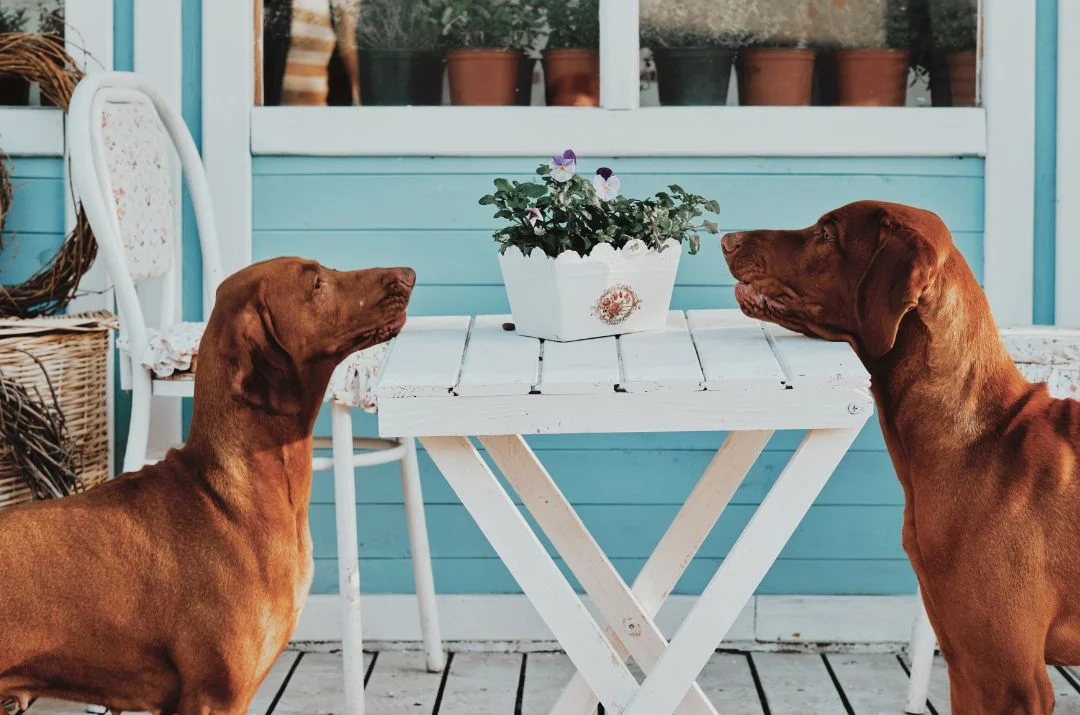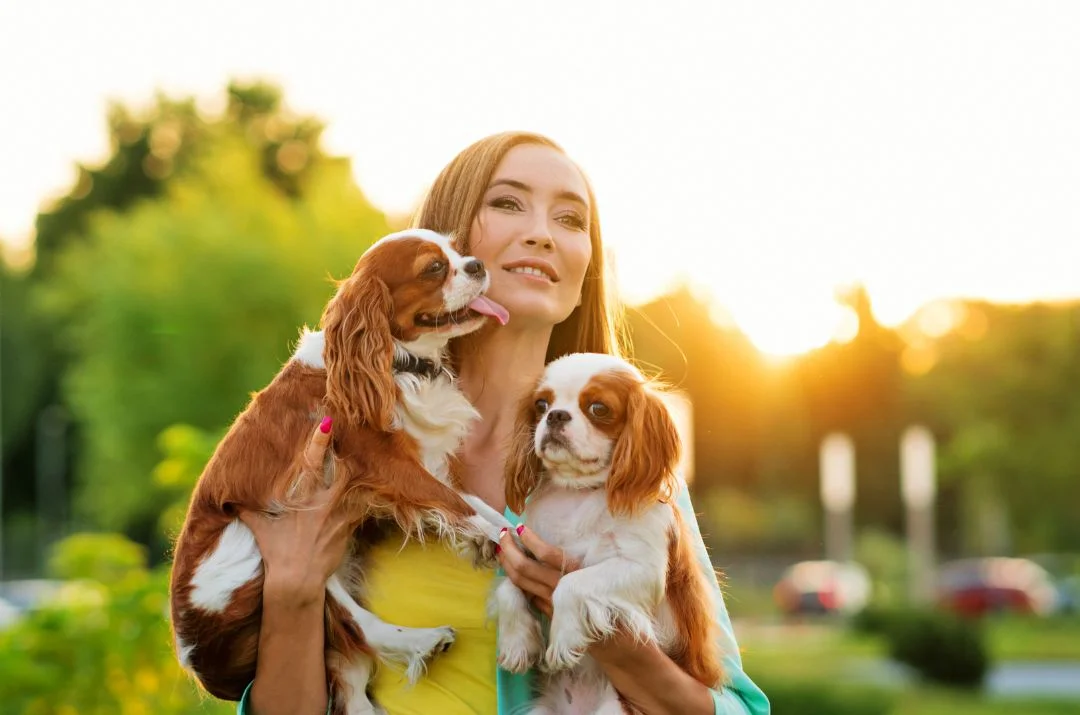As a dog owner, you may have experienced a situation where you are petting another dog, and your furry friend looks up at you with a curious expression. Have you ever wondered what your dog feels when you pet another dog? In this article, we will explore this question and delve into the emotions and behaviors of dogs in such situations.
- Contents:
- Experience Emotions
- Dogs Social Behavior
- Jealousy and Envy
- Human and Dog
- Multi-Dog Households
- Video Experiment
- Conclusion
Experience Emotions
Dogs are known for their loyalty and affection towards their owners, and they are also capable of experiencing emotions similar to humans. Studies have shown that dogs can feel joy, fear, anxiety, and even love. When you pet another dog, your dog may experience a range of emotions depending on their personality and past experiences. Some dogs may feel curious, while others may feel insecure or jealous.
| Emotions | Description | Signs |
|---|---|---|
| Curiosity | ? Dogs may be curious about other dogs and show interest in their owners petting them. | ? Tail wagging, leaning towards the other dog, sniffing |
| Jealousy | ? Dogs may feel jealous when their owners pet other dogs and want the attention for themselves. | ? Growling, barking, pushing the other dog away |
| Envy | ? Dogs may feel envious when their owners pet other dogs and want the same attention or affection. | ? Whining, trying to get in between the owner and the other dog, staring |
| Indifference | ? Dogs may not care when their owners pet other dogs and may continue doing their own thing. | ?♂️ Ignoring the other dog, continuing to play or relax |
Dogs Social Behavior
Dogs are social animals, and they show a range of behaviors to interact with other dogs. When you pet another dog, your dog may show signs of social behavior, such as wagging their tail, approaching the other dog, or sniffing the other dog’s rear end. These behaviors indicate that your dog is interested in the other dog and wants to interact with them.
Jealousy and Envy
Jealousy and envy are common emotions in dogs, and they can occur when your dog perceives a threat to their relationship with you. When you pet another dog, your dog may feel jealous or envious, which can lead to a range of behaviors, such as barking, growling, or even biting. To prevent these behaviors, it is important to establish a hierarchy in your household and give equal attention to all your dogs.

Human and Dog
While dogs can experience a range of emotions similar to humans, their emotional responses may differ in certain situations. For example, dogs may not feel guilt or shame when they misbehave, but they may feel anxiety or fear when they are punished. Understanding these differences can help you communicate better with your dog and build a stronger bond.
Multi-Dog Households
If you have multiple dogs in your household, it is important to establish a hierarchy and prevent jealousy and aggression. Here are some tips for handling multi-dog households:
- Give equal attention to all your dogs
- Establish a feeding and sleeping routine
- Provide separate toys and beds for each dog
- Supervise playtime and interactions
- Seek professional help if necessary

Video Experiment
Several studies suggested: the human-dog relationship resembles the mother-child bond! Dogs are dependent on us for all their needs. They form strong attachments to us, exactly like babies. Scientists lead an experiment, where dogs had to watch videos in 2 situations.
1st video: owner conducts a routine veterinary examination of another dog. Dogs had no emotional reaction to this situation.
2nd video: the owner behaves friendly with the other dog. Significant emotional arousal! Activation of the brain’s hypothalamus and increased blood flow to the amygdala.
The first dog triggers jealousy, the second – is feeling threatened, and another dog can be a social rival! Also, dogs became distressed when not getting a reward after performing a trick and the other dog got it. Signs of distress: yawning, licking their mouths, or scratching themselves. Thus after petting another dog: reassure yours with a kind word, a hug, or something delicious.
@8pawsclub ?What Does Your Dog Feel When You Pet Another Dog? #8pawsclub #dogpsychology #dogtraining #dogtrainer #dogbehavior #doglover #dogoftheday #dogstagram #training #puppytraining #workingdog #dogschool #positivereinforcement #onlinecourses #workdog
♬ original sound – Dog Behavior & Welfare Trainer
Conclusion
In conclusion, dogs can experience a range of emotions and show social behavior towards other dogs. When you pet another dog, your dog may feel curious, jealous, or envious, depending on their personality and past experiences. Understanding your dog’s emotions and behaviors can help you build a stronger bond and prevent jealousy and aggression in multi-dog households. It is important to communicate with your dog effectively and provide them with comfort and reassurance when needed.
FAQ
Can dogs feel jealous of other dogs?
Yes, dogs can feel jealous of other dogs, especially if they perceive a threat to their relationship with you.
How can I prevent jealousy in my dogs?
To prevent jealousy in your dogs, it is important to establish a hierarchy and give equal attention to all your dogs.
Can petting another dog make my dog aggressive?
Petting another dog can trigger jealousy and aggression in some dogs. It is important to supervise playtime and interactions and seek professional help if necessary.
How do dogs show affection towards each other?
Dogs show affection towards each other by wagging their tails, licking each other, and cuddling.
Can dogs understand human emotions?
Dogs can understand human emotions to some extent, but their understanding may be limited compared to humans. They can pick up on body language and tone of voice to gauge our emotions.
Is it okay to pet someone else’s dog?
It is important to ask the owner’s permission before petting their dog, as not all dogs are comfortable with strangers.
How can I tell if my dog is feeling anxious or stressed?
Signs of anxiety or stress in dogs include excessive panting, pacing, whining, trembling, and avoidance behavior. If you notice these signs in your dog, it is important to address the underlying cause and provide them with comfort and reassurance.




